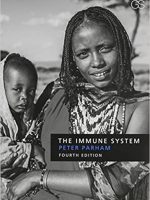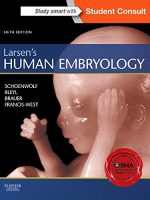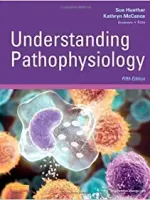International Economics by Thomas Pugel is a renowned textbook used by students to understand the complexities of international economics. The 17th edition of this book offers a Test Bank that contains a variety of questions related to the chapter “Growth and Commerce.” This chapter delves into the primary sources of long-run economic development, production-possibility curves, improvements in production technologies, and the impact of factors like land, labor, and capital endowments on economic growth.
Here are some of the key concepts covered in the Test Bank of International Economics by Thomas Pugel 17th Edition:
1. Sources of Long-Run Economic Development: The Test Bank explores various factors that contribute to long-term economic growth, such as improvements in production technologies and an expansion of international GDP.
2. Production-Possibility Curves: Students are tested on their understanding of production-possibility curves and how outward shifts in these curves can indicate biased or balanced growth in an economy.
3. Rybczynski Theorem: The Test Bank includes questions related to the Rybczynski Theorem, which explains the relationship between changes in the endowment of production factors and the output levels of goods in a two-good model.
4. Impact of Endowments on Trade: Students are challenged to analyze how changes in a country’s endowment of factors like capital can affect the output levels and relative prices of traded goods like medical instruments and corn.
The Test Bank for International Economics by Thomas Pugel 17th Edition provides a comprehensive set of questions to test students’ understanding of key economic concepts related to growth and commerce in the global economy. By practicing with these questions, students can enhance their knowledge and prepare effectively for exams.
**FAQs**
1. **What is included in the Test Bank of International Economics by Thomas Pugel 17th Edition?**
The Test Bank contains questions related to chapter 7 on Growth and Commerce, covering topics such as sources of economic development, production-possibility curves, the Rybczynski Theorem, and trade impacts.
2. **How can students benefit from using the Test Bank?**
Students can use the Test Bank to practice and test their understanding of key concepts in international economics, helping them prepare for exams and improve their knowledge of the subject.
3. **Are the questions in the Test Bank aligned with the content of the textbook?**
Yes, the questions in the Test Bank are designed to complement the material covered in the textbook “International Economics” by Thomas Pugel, ensuring coherence in learning and assessment.
In conclusion, the Test Bank of International Economics by Thomas Pugel 17th Edition offers a valuable resource for students studying international economics. By engaging with the questions in the Test Bank, students can reinforce their learning and gain a deeper understanding of the complexities of global economic growth and commerce.










Be the first to review “International Economics by Thomas Pugel 17th Edition-Test Bank”